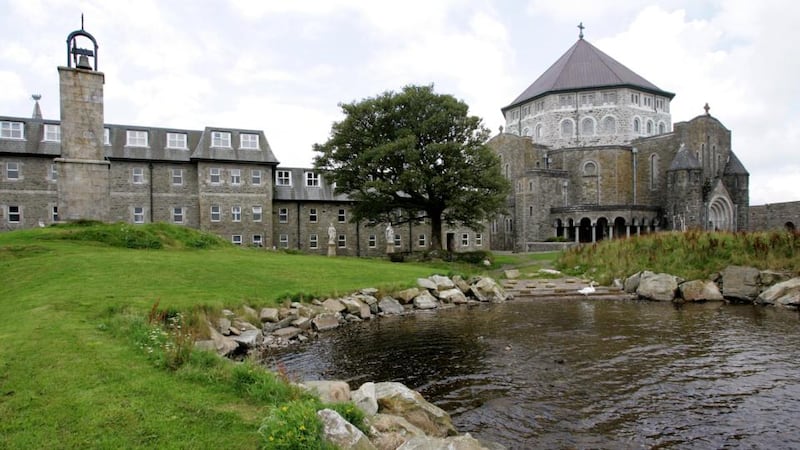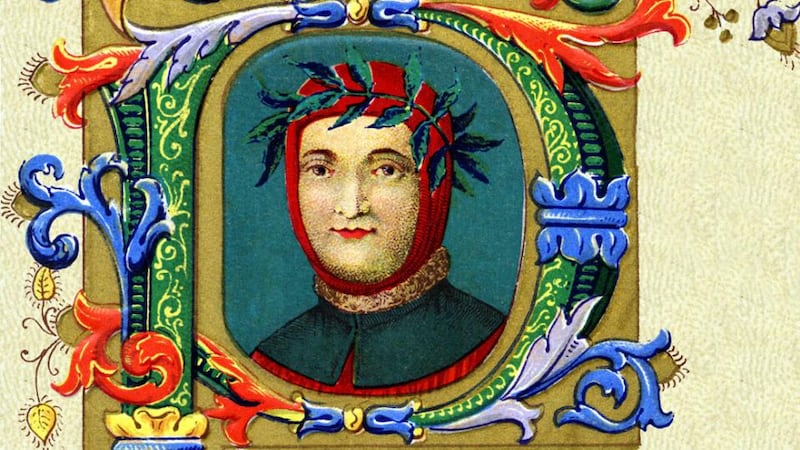In 1513, shortly after completing The Prince, Machiavelli (1469-1527) wrote a letter to a friend describing his life on the farm to which he had been banished following the return to Florence of the Medici, against whom he was suspected of having plotted. It was a boring life, and Machiavelli would much rather still have been involved in the hustle and bustle of politics. But, "come evening," he wrote, "I enter into the ancient courts of ancient men where, received lovingly, I seek nourishment from that food which is mine alone […]and for the next four hours I do not have any worries."
What Machiavelli is referring to is what Petrarch (1304-74), the poet and so-called Founding Father of the Renaissance, dubbed “talking with books”. The Renaissance is the period when Europeans were taught to put their faith in books. Books, they were told, had the answers to Life and so were worth studying. Yet it was not just any books they should study. Above all it was the books of the ancients: the Greeks and especially the Romans.
The ancients did not have much to say about Ireland but for long what they did say carried more weight than anything experience might have taught. A case in point is the massive Geography by Strabo (63? BC - 24? AD), rediscovered in the early fifteenth century and for many centuries thereafter a firm bestseller. Strabo said that Ireland was so cold it was impossible to live there, that the Irish slept with their mothers and that they ate their dead fathers. More ominously he claimed that knowing Ireland was of little consequence, since it was too far away to be capable of "injuring" or "benefiting" the centre of the world, ie Rome. And that was to be Strabo's main legacy: a geography based on the matters-most/matters-least principle or, as I called it in my book, the need-not-to-know principle, a principle made to measure for elites intent on building empires and arguably still prevalent today. It is handier to presume that all "natives" are "lazy" and so in need of a civilised guiding hand rather than to find out too much about them.


It is that principle which informs the enormously influential work On Europe – the first to define the idea of Europe – published in 1458, shortly before he ascended the throne of St Peter, by Pope Pius II (1458-64), who was a keen disciple of Strabo (his annotated copy of Strabo's Geography is still available in the Vatican Library). It is hardly surprising therefore to find that this is what Pius has (not) to say about Ireland: "We ought now to acquit ourselves of Ireland, which is separated from Britain by a short stretch of sea, […]but since nothing worth remembering has taken place there, we understand, during the period we write about, we hurry on to matters Spanish."
Not everybody, though, was quite so dismissive. Another strand of Renaissance geography focused on the marvels of the world, and here too Petrarch's influence was paramount. It was Petrarch who rediscovered the forgotten Cosmography of the first-century Roman geographer Pomponius Mela which focused exclusively on marvels (and said of Ireland that its pastures were so "luxuriant and sweet" that cows would "burst from overgrazing" if they were allowed to feed all day) and it was Petrarch who encouraged Italians to read The Topography of Ireland (known then as On the Marvels of Ireland) by Gerald of Wales (1146? - 1223) in a very different light from the one intended by its author.
Gerald, who was an agent of King Henry II (1154-89), the Anglo-Norman conqueror of Ireland, had essentially said of Ireland: great country, pity about the natives! He regarded the Irish as total savages, not least because, turning their back on civilisation, they chose to live in woods rather than cities. When Petrarch, who himself hated cities and preferred to live in woods, to the point where his friends nicknamed him Woody, realised that, he took the logical step which Gerald had baulked at taking: if the Irish lived in a great country, then they had to be a “happy” people. What is more, when Petrarch, who had a phobia of lightning, read that there were seldom any thunderstorms in Ireland, he wrote in the margin of his copy of Gerald’s work (which is still available in the French National Library in Paris): “Go there, Woody, what are you waiting for?”
Possibly the greatest of Ireland’s go-there marvels for Italians of the Renaissance was St Patrick’s Purgatory. Famous today as Station Island on Lough Derg in Co Donegal, St Patrick’s Purgatory was believed to communicate with the otherworld and so attracted pilgrims from all over Europe, but especially from Italy, where it has left its mark on the Italian language to this very day. Pozzo di San Patrizio (St Patrick’s Well) means a bottomless pit, both literally and figuratively. It was believed that if, having performed various rituals, you stayed in that pit for a day and a night, you would have visions of or be taken bodily to the otherworld, which could earn you a safe conduct to paradise after your death.
The most famous Italian pilgrimage to the Purgatory was that of Poor Little Guerrino, the hero of a bestselling picaresque novel by the Florentine Andrea da Barberino (c. 1371-1431), who went there at the end of an epic journey across the world in search of his missing parents. Not all pilgrims, however, were as heroic as Guerrino. In 1517 the Purgatory was visited by Francesco Chiericati (c.1480 - 1539), the papal nuncio to the court of Henry VIII of England, who, having endured many harships on the way, when he finally got there “was not able to see the place because [he] did not want to look inside, frightened by the things which are said.” The need-not-to-know principle was alive and kicking!
Fabulous Ireland, Ibernia Fabulosa. Imagining Ireland in Renaissance Italy by Eric Haywood (Peter Lang, Oxford, €54). Eric Haywood has been a lecturer at UCD snce 1978 and was recently created Cavaliere dell'Ordine della Stella d'Italia by the President of Italy.
![Pope Pius II (1405-1464): His book, On Europe (1458), influenced by Strabo’s Geography, has (just) this to say about Ireland: “We ought now to acquit ourselves of Ireland, which is separated from Britain by a short stretch of sea, […]but since nothing worth remembering has taken place there, we understand, during the period we write about, we hurry on to matters Spanish.” Photograph: APIC/Getty Images](https://www.irishtimes.com/resizer/v2/E6QR44ZY7WUV6BSNNQXZXYL7GI.jpg?auth=daf3c135c67dfc6641078e9ec7e18931d9c670a1c10f673270e948a311d8915a&smart=true&width=1024&height=576)









